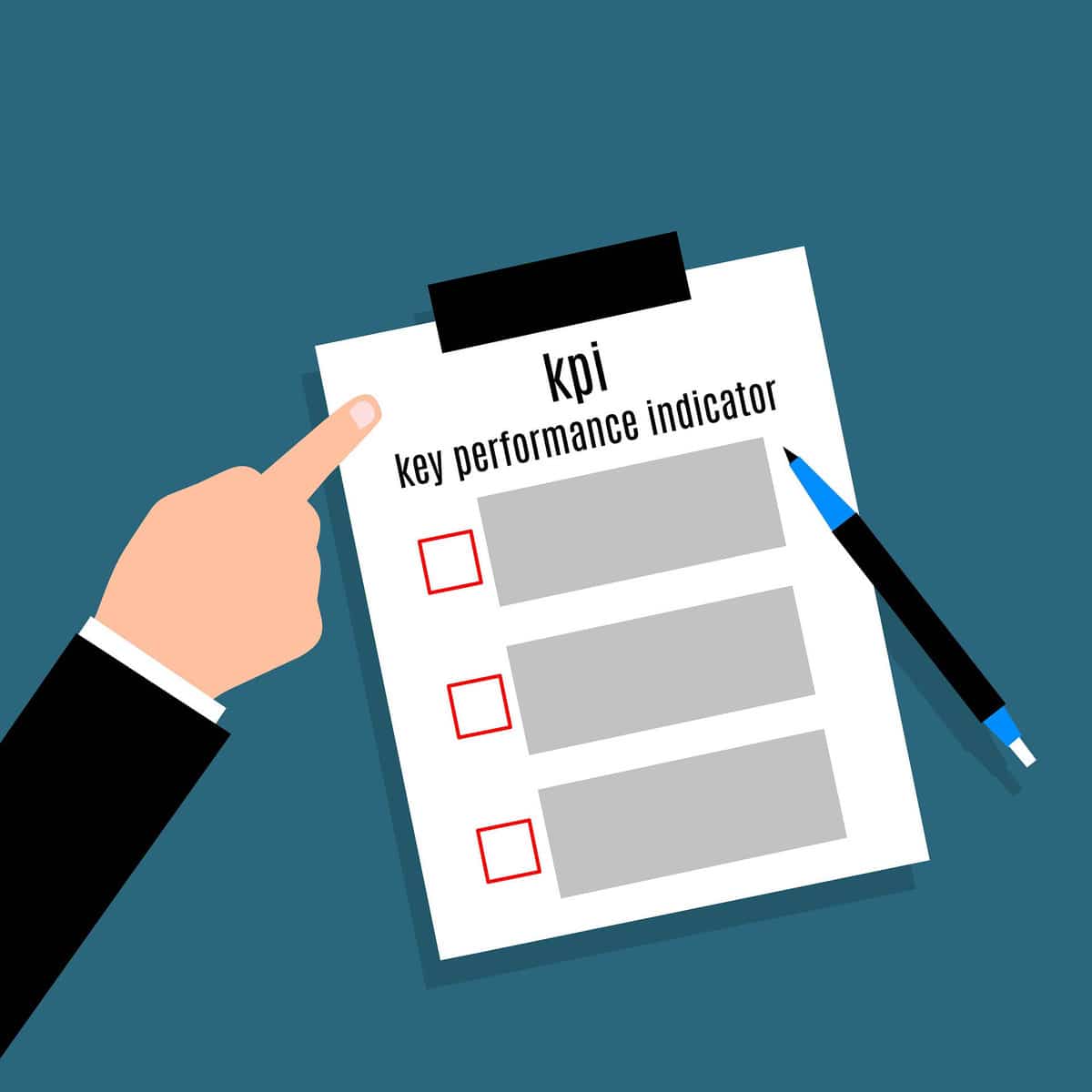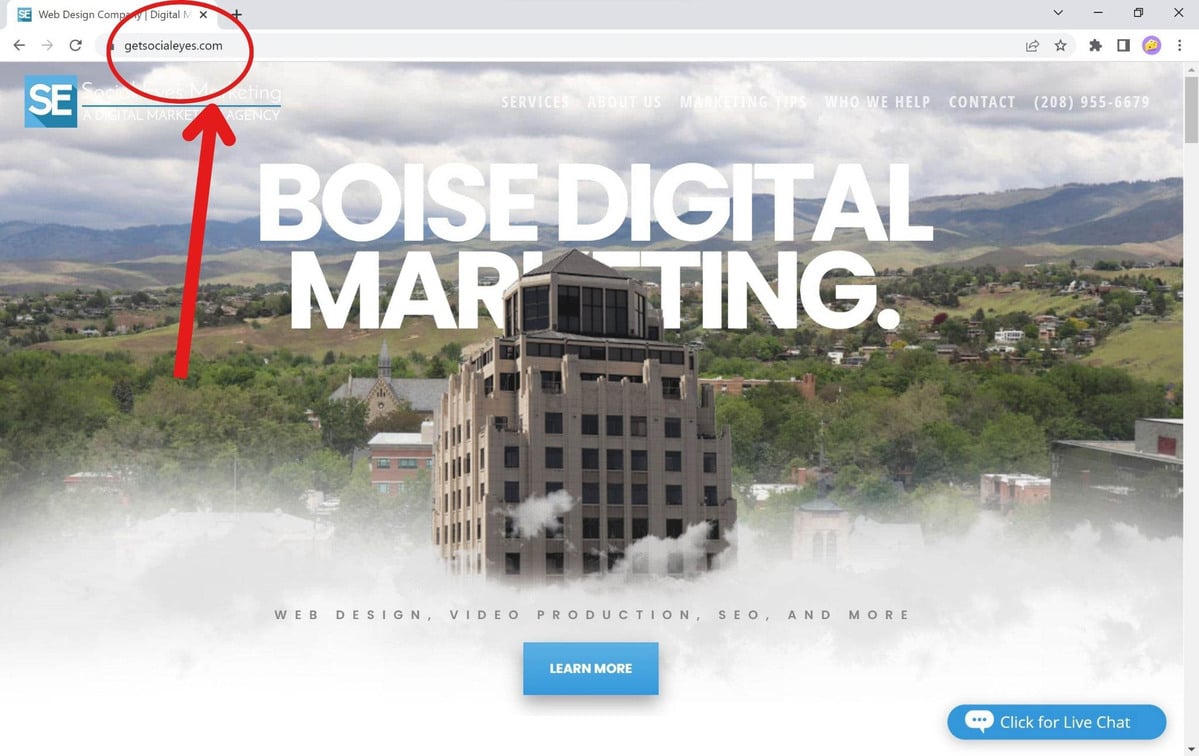It’s a simple fact that there are a whole lot of acronyms in the business world. And with the industry being ever-evolving, it may seem as though new ones pop up every day.
All of these acronyms can get fairly hard to remember, especially since some of them are so closely related to each other. But don’t let that stress you out too much. Just keep this handy guide as a reference for whenever you need to know some of the most important marketing acronyms.
Digital Marketing
Digital marketing is a fast-paced and constantly evolving field, and it can be overwhelming to keep up with all the new acronyms and terminology. Some common acronyms you may encounter in the digital marketing world include:
Search Engine Optimization (SEO)
SEO, or search engine optimization, consists of the actions taken to drive more organic traffic to your website. This can be done by improving the load speeds and optimization of your website, including metadata tags in your images, and posting relevant and timely content.
Search Engine Marketing (SEM)
SEM is the promotion of your website through the use of paid advertising. Like SEO, SEM aims to ensure that your website ranks higher on search engines.
Conversion Rate Optimization (CRO)
CRO is the process of increasing the likelihood that the people who visit your website will make the desired action. These actions, called conversions, can be anything from making a purchase to giving your business a call.
CRO is accomplished by making the desired action easier to accomplish. For example, you may get rid of distractions on the webpage, strengthen your call to action, or implement a pop-up window.
Quick Response Code (QR Code)
QR Codes are machine-readable matrix barcodes made up of black and white squares. They store information such as websites, coupons, or social media profiles, and will take you to these landing pages once scanned.

User Experience (UX)
UX is defined by the way a user interacts with or experiences the aspects of a system, service, or product. UX looks at whether an experience is enjoyable, accessible, efficient, and usable.
Customer Relationship Management (CRM)
CRM is the process of managing the interactions between your customers and your business. CRM uses practices and technologies to measure customer behavior so that you can more accurately judge how your company is being perceived.
Businesses use data from their CRM analysis to increase profitability and stay connected to their customers.
Social Media Marketing (SMM)
SMM uses social media platforms to promote a brand’s product or service, drive website traffic, and increase sales. Common platforms include Facebook, Instagram, YouTube, and TikTok.

Augmented Reality (AR)
AR uses technology to enhance real-world experiences with computer-generated information. This digital marketing trend gives users a unique experience with the product they are researching.
A prime example of AR is the Home Depot app that allows users to see what different products and paints would look like in their own homes.
Content Management System (CMS)
CMSes are software applications that allow users to create, collaborate on, and publish digital content. Examples of CMSes include WordPress and Wix.
Types of Sales Interactions
Sales interactions involve a lot of communication between sales representatives and potential customers, and there are many acronyms that are commonly used in this context. Some examples of sales interaction acronyms include:
Business to Business (B2B)
B2B involves the transaction of a product, information, or service between two businesses. This may occur when a business sources materials for production or seeks out advertising for a new product launch.
B2B companies include Social Eyes Marketing, which sells marketing services, and Boeing, which sells planes.

Business to Consumer (B2C)
B2C involves the transaction of a product or service between a business and its consumer. This typically occurs when a consumer seeks out a good or service that a company provides.
Amazon and Walmart are examples of B2C companies. The customer is the end user of their product.
Consumer to Consumer (C2C)
C2C transactions take place between two consumers. A person, not a brand or company, sells a product or service to another consumer. Typical examples include paying a neighbor to mow your lawn or purchasing a furniture piece off a classified ad.
Websites such as Facebook Marketplace and eBay host C2C transactions within the digital landscape.
Key Performance Indicator (KPI)
KPIs evaluate the success of an organization by measuring its performance in various aspects. Common KPIs include revenue growth, client retention rate, profit margin, and acquisition cost.

Cost per Click (CPC)/ Pay per Click (PPC)
CPC, also referred to as PPC, is an advertising model in which an advertiser pays a publisher each time their link is clicked. CPC is typically associated with top-tier search engines like Google and Bing. CPC will depend on multiple factors including the advertising platform, ad content, and time of day that the ad is seen.
You can calculate your average CPC by dividing your total amount spent by the number of clicks you received. Your average CPC may be different from your actual CPC due to changes in cost.
Cost per Acquisition (CPA)
CPA is the average cost that a company must pay in order to get a customer to take a desired action. This may be in the form of a sale, form submission, or email sign-up.
CPA is calculated by dividing the total cost of all conversions by the total number of conversions achieved. For example, let’s say that you achieved 3 different conversions at different price points; $1, $5, and $6. You would have a CPA of $4.
Conversion Rate (CR)
CR is the ratio of conversions achieved to the number of interactions received. Let’s say that in a month you get 500 website visitors. Of those 500, 50 of them make a purchase. Your CR would be 10%.
Click Through Rate (CTR)
CTR can be defined as the number of people that clicked on an advertisement versus the total number of people that saw the advertisement. You should aim for a high CTR, as it is used to measure the effectiveness and success of an online ad.
CTR is calculated by dividing clicks by impressions. So, if 1,000 people see your ad and only 50 of them click and follow the link, you have a CTR of 5%.

Average Revenue Per Account (ARPA)
ARPA measures the average profitability of a customer account. It is calculated by dividing the total monthly revenue you receive from customer accounts by the total number of customer accounts you have. For example, you may earn $10,000 every month from your 8 customer accounts. The average profitability of each account would be $1,250.
Customer Lifetime Value (CLV)
CLV, also written as CLTV, is the total worth of a customer to a business over the lifetime of their relationship. CLV will differ based on purchase volume, purchase frequency, and product cost.
CLV can be calculated as average total order amount * average purchases per year * customer retention rate.
Return on Investment (ROI)
ROI is used to judge how well a specific investment in marketing is performing. It is calculated by net income/cost of investment * 100.
ROI is based on the money you invest into your business and the income that you see as a result of that investment and the net profit of the business. It is not the same as profit, which is a performance measurement of the business.
Customer Acquisition Cost (CAC)
CAC is the cost to a business to acquire a new customer. This includes research, marketing, and advertising costs.
You can calculate CAC by adding together your cost of sales and cost of marketing, then dividing that number by the number of new customers acquired.

Other Important Acronyms
There are many acronyms that are commonly used in a variety of industries and contexts. Here are a few examples of important acronyms that you may encounter in your professional life:
Completely Automated Turing Test to Tell Computers and Humans Apart (CAPTCHA)
A CAPTCHA is an automated challenge-response test conducted as a way to tell if a user is a human or a computer. Typically used as a security measure, CAPTCHAs act as a protection from spam and computer automated password decryption.
CAPTCHA security measures are easy for humans to perform, but difficult for computers to get past. Examples include identifying stretched numbers and letters or clicking within a certain area of a given picture.
Uniform Resource Locator (URL)
URLs can also be referred to as web addresses. They specify the location of a website or other web location on the server that is hosting it.

Hypertext Reverence (HREF)
An HREF specifies the URL of the page that a link goes to. It contains both the link, called the URL, and the anchor text, the clickable text that you see on the screen.
Inbound Link (IBL)
An IBL is a link that directs to your website from another website, web page, or web directory on the internet. This may also be referred to as a backlink.
Outbound Link (OBL)
An OBL is a link directing from your website to another website. These are typically used to add more context to the information being provided.
Minimum Viable Product (MVP)
MVP is a marketing technique that introduces a product with basic features into the market to judge consumer interest. A finalized product will be released once significant consumer feedback has been gathered.
Making it Less Complicated
Keeping up with these ever-evolving acronyms can be a difficult process even for veterans in the industry. It’s easy to overlook or forget important aspects as you try to focus in on building out your business. That’s where Social Eyes Marketing comes in.
Our team of dedicated content and web design professionals focuses on improving your SEO and UX so you can focus on what really matters, running your business. Don’t get lost in the confusion of acronyms, give Social Eyes Marketing a call today!

